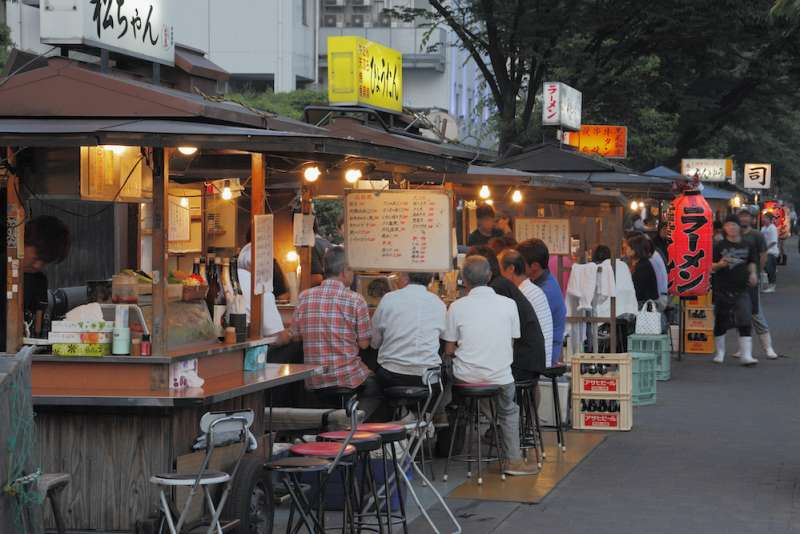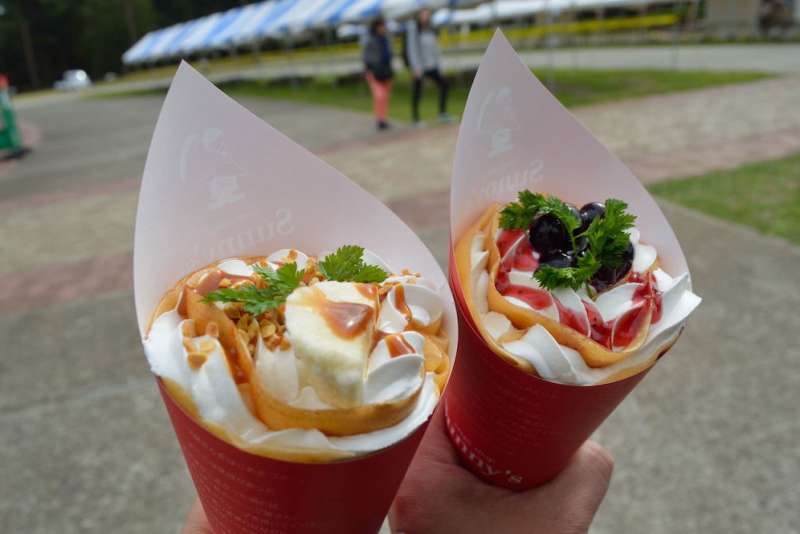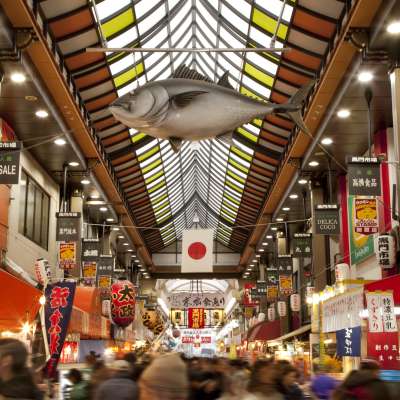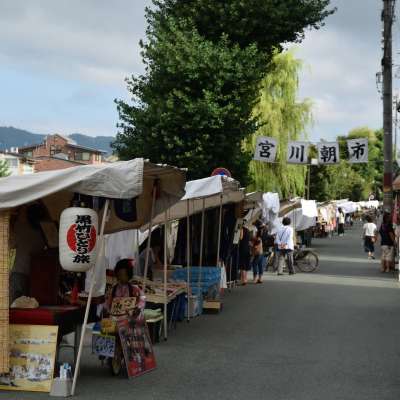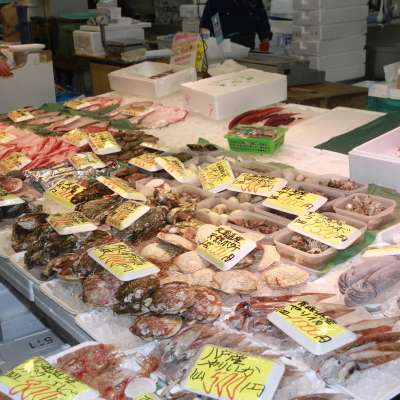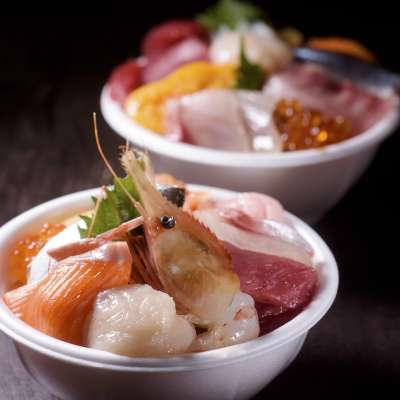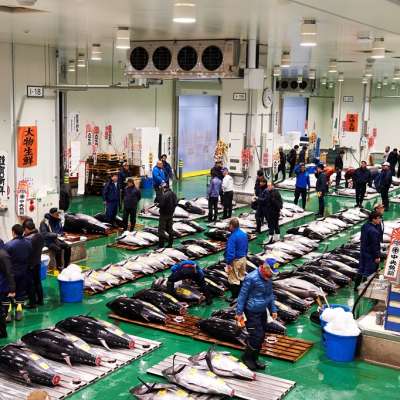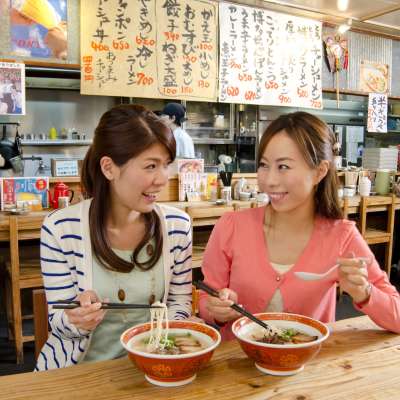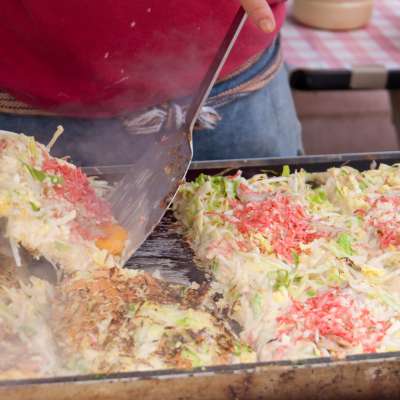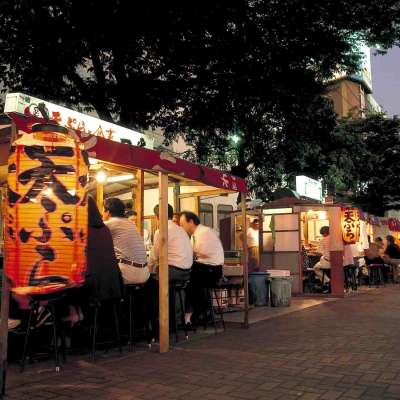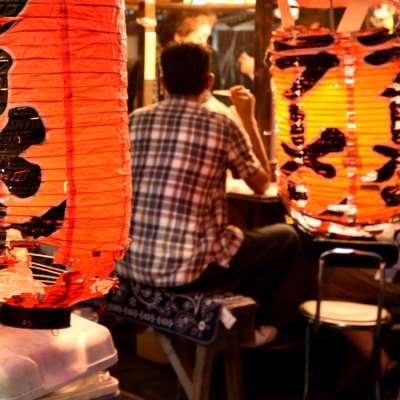Indulge in Japan’s diverse street food culture & flavors on a budget
Japanese food culture is enriched with a myriad of street foods and sweets that won’t hurt your budget. A seemingly endless variety—ramen, takoyaki, taiyaki, okonomiyaki, yakitori, tonkatsu, croquettes, gyoza, udon, and more—to satiate any palate and cultural curiosity. Stopping off at the market stalls to savor a quick street snack is a popular pastime.
Markets
An abundance of street food can be found in Japan’s local markets such as the Nishiki and Kuromon markets. They say food is a part of who we are, and street food reflects both the cuisines and flavors specific to the local people. Here you can sink your teeth into a Japanese-style croquette or yakitori skewers on-the-go as you browse the vibrant and mouth-watering stores. Major markets also have a wide selection of fresh and chargrilled seafood. Enjoy delicious foods while walking around or taking a break sitting on seats set up in front of stores. Meanwhile, be cautious to prevent infections.
*Some markets may require not to eat and drink while walking. Please enjoy your meal according to local rules.
Ramen, takoyaki and more
Japan has a unique talent for adopting and adapting. While originating in China and India, both ramen and curry have each come into their own, developing a uniquely Japanese flavor and style. Japanese evolved curry now has travelers from all over, including India, purchasing its roux as a take-home gift while ramen continues to develop into new regionally specific flavors and styles.
In Japan, takoyaki originated in Osaka and has become a nationwide street food favorite found in almost any shopping arcade or festival. While on the move, you can easily eat at stand-up-eating soba/udon noodle shops located around or in stations. Note that you may need to purchase your meal ticket first from the vending machine provided.
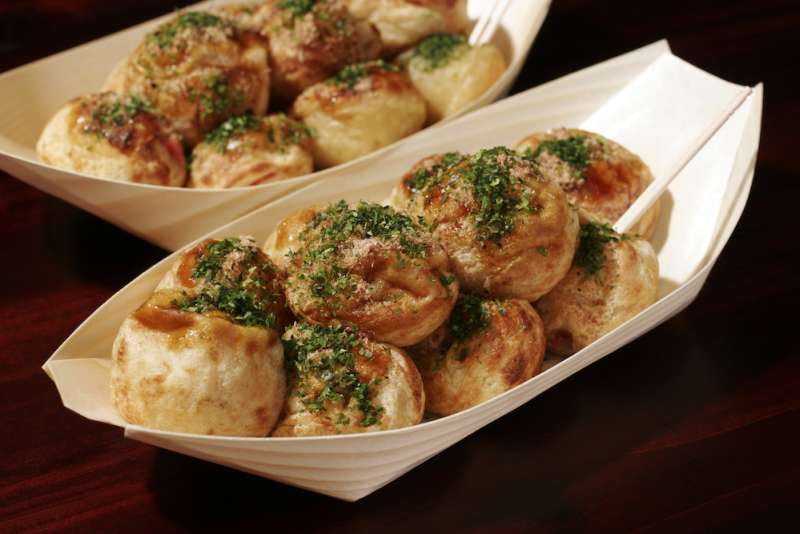
Sweet treats
Street food is not to be underestimated when it comes to sweets and savories. With hot and cold options, such as taiyaki, sweet rice dumplings, imagawayaki, crepes, and shaved ice topped with syrups (kakigori), there’s something for every sweet tooth and budget. A great pick-up for the walk back to the hotel or an in-between snack.
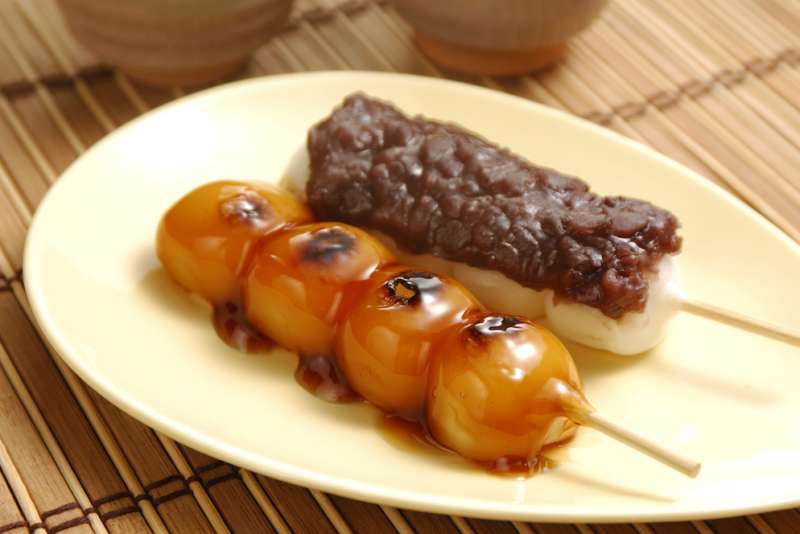
Izakaya
These local pub-like or snack bar-like establishments serve a huge variety of dishes from yakitori to edamame, gyoza, kara-age, and fried or fresh tofu, to name a few. Typically tapas-style, with small portions to complement drinks, izakayas are a great way to get local and try the range of what the regions have to offer.
Menus are often illustrated with photographs of dishes, making it easy to choose. Recently, with touch-panel ordering systems in many places, it’s even easier.
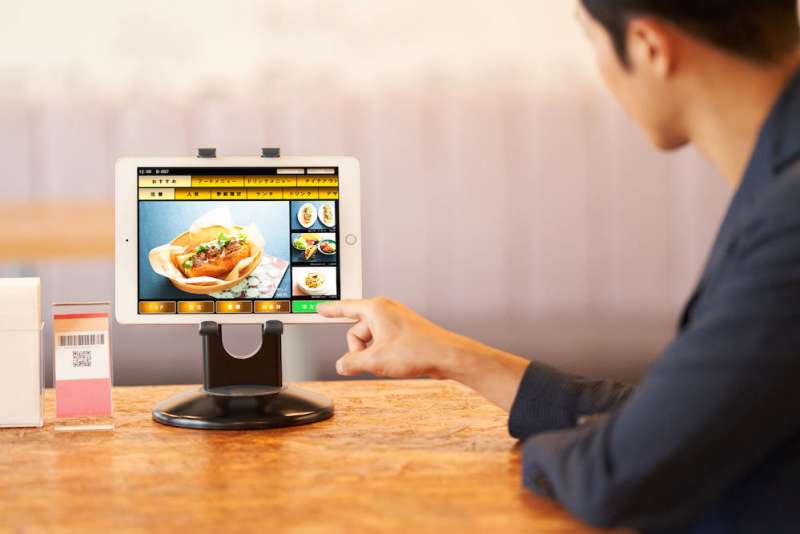
Depa-chika & convenience stores
Depa-chika refers to the basement food and grocery floor of department stores. Simply wandering through the seemingly endless rows of delicatessens alone is a visual, culinary, and cultural experience worth having. Since you can point to what’s on display, purchasing is an easy task.
Japan’s pervasive convenience stores are a cultural staple found on almost any corner in metropolis areas. The well-stocked shelves and counter hot boxes give you access to kara-age, onigiri, bento-boxes, trendy snacks and sweets, beverages—you name it! Most are open 24 hours.
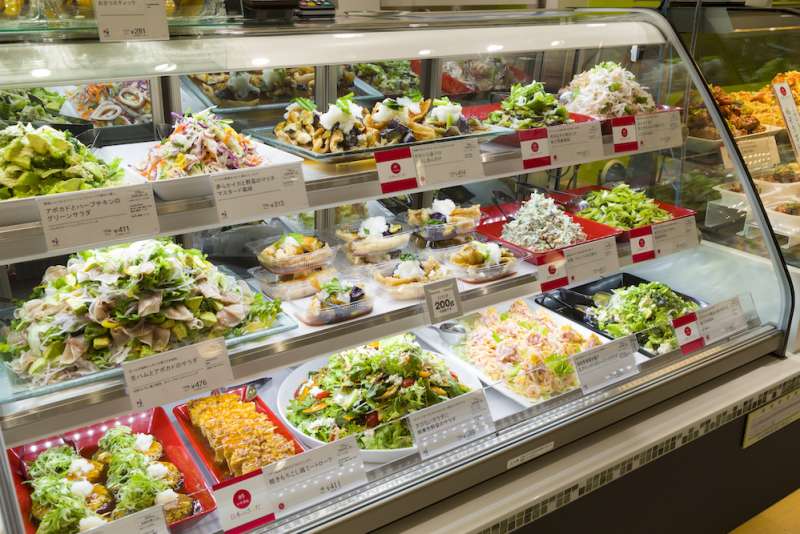
Outdoor food stalls and street food carts
Outdoor food stalls (yatai) selling freshly made takoyaki, okonomiyaki, yakisoba, and other dishes on-the-go can are a common sight at Japanese festivals. Some yatai stalls, such as the famous Hakata yatai in Kyushu have make-shift counters where you enjoy a drink with your food, while others specialize in ramen. As you venture around the cities and towns you will most probably see local street food carts selling crepes and various other delights.
